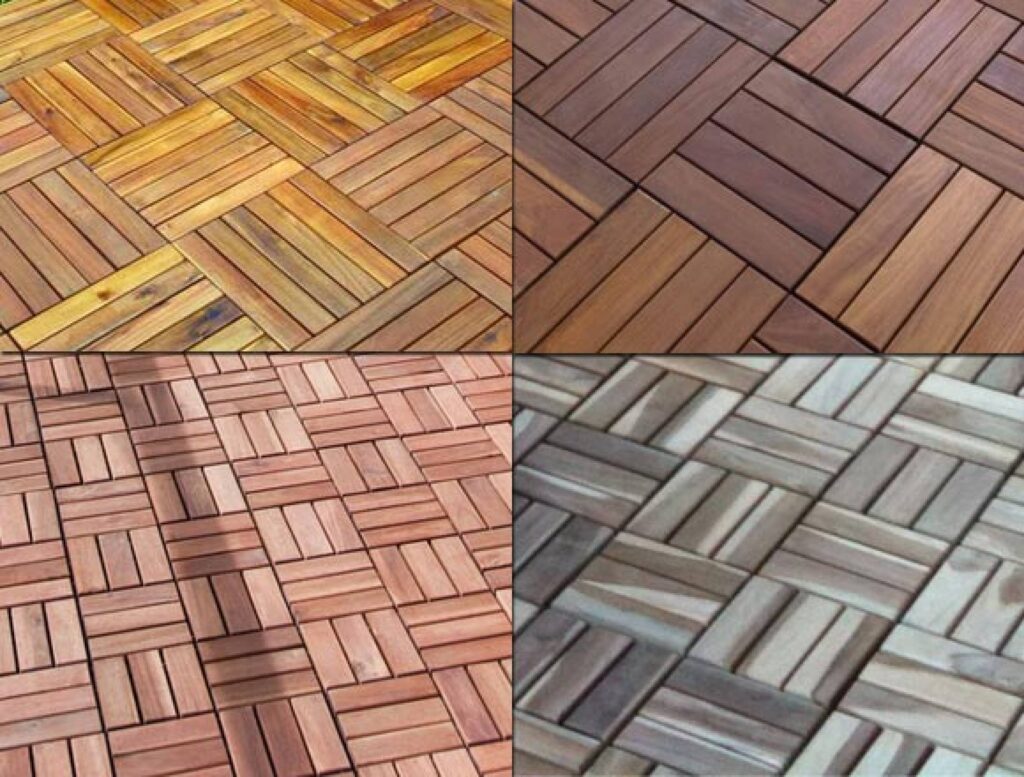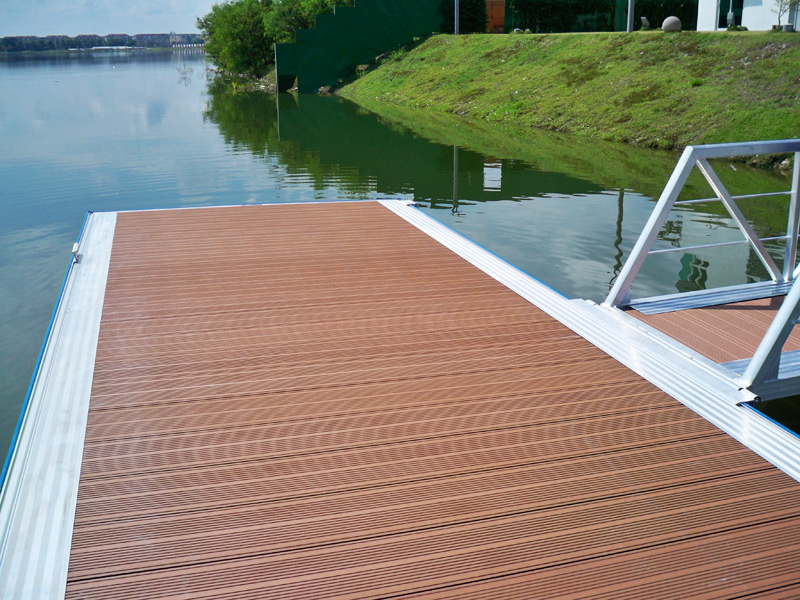- +60 16-688 4222
- info@flooringspecialistmalaysia.com
- Kuala Lumpur, Malaysia
flooringspecialistmalaysia.com

Menu
Types Of Decking
Decking Suitability
If you’re planning a new deck or upgrading an old one, the decking material is the most important decision you’ll make. Not too long ago, redwood and cedar were just about the only options. Composite and PVC decking, offer ease of maintenance and longevity that put the traditional favorites in the shade. Thus, you need to know the different types of deck, to fully understand the decking suitability.

Pressure – Treated Wood – Made of fir permeated with anti-rot and insecticide agents, pressure-treated decking is a low-cost favorite. Pressure-treated lumber can last for decades, but requires refinishing with a clear sealer or stain
Cedar – The natural beauty of real wood is unmatched. In addition, this perennial decking favorite is inexpensive and easy to work with.Thus it is a good choice for the do-it-yourself option.
Redwood – Redwood is expensive and now available only on the West Coast. It’s lightweight, strong, and easy to work with. Select only high-grade decking lumber with little of the cream-colored sapwood, which can deteriorate rapidly when exposed to the elements
Vinyl – Polyvinyl chloride (PVC) decking is rapidly gaining favor as it is maintenance-free. PVC has no wood content.
Composite – Made of wood fiber combined with recycled polyethylene, composite decking is a good-looking, low-maintenance material. Composites come in a broad range of colors and texture that closely approximate real wood. It also offers design versatility.
Decking is mostly being installed in the outdoor area especially when you are using vinyl and composite type decking. Some of them are also installed outside their home where the household can relax and enjoy the sun. it can also become a place where you can create as gathering or for party. This is especially if you want to make tour house to appear bigger and create more spaces for everyone.
Benefits of WPC Decking
WPC decking combines the traditional appearance of timber with the durability of an engineered composite. Therefore, we believe it’s such a diverse product. Here are five reasons why:
- Safety first:Unlike regular decking, composite is slip-resistant and splinter-free
- Upkeep: Composite decking is made of a mix of waste wood or cellulose fiber and plastic. Thus, it typically requires only an occasional cleaning.
- Durability:Whereas traditional decking can look just as appealing, it is easily weathered. Subject to harsh rain and blistering heat, the deck can fade and warp
- Design:Without the use of nails and screws, the deck has a smooth surface, creating a smart and modern feel.
- Cost:Indeed, the initial cost of wood is in most cases less in comparison to composite.
Benefits of Hardwood Decking
Other than you might also opt for the hardwood as your decking solution. Below are some of the reasons why you might benefits a lot from hardwood decking:
- They provide the best structure because hardwoods are strong and durable.
- They also provide wonderful aesthetics because of their unique and varied appearances.
- Many indigenous hardwoods also provide natural protection against bushfires and termites
- Finally, hardwoods are easy to maintain
Disadvantages of Both Types of Decking
However there are also disadvantages from using both kind of decking. This is because both wooden and composite decking also don’t come without their imperfection:
- they come in a wide range of grades
- Composite lumber costs the most
- Cedar requires pressure washing and resealing every one to two years, but no matter how well you maintain cedar, it will fade.
- Certain pressure-treated decking products come with a limited lifetime warranty
You may also read up about external flooring such as pebble wash flooring and tiles flooring.
